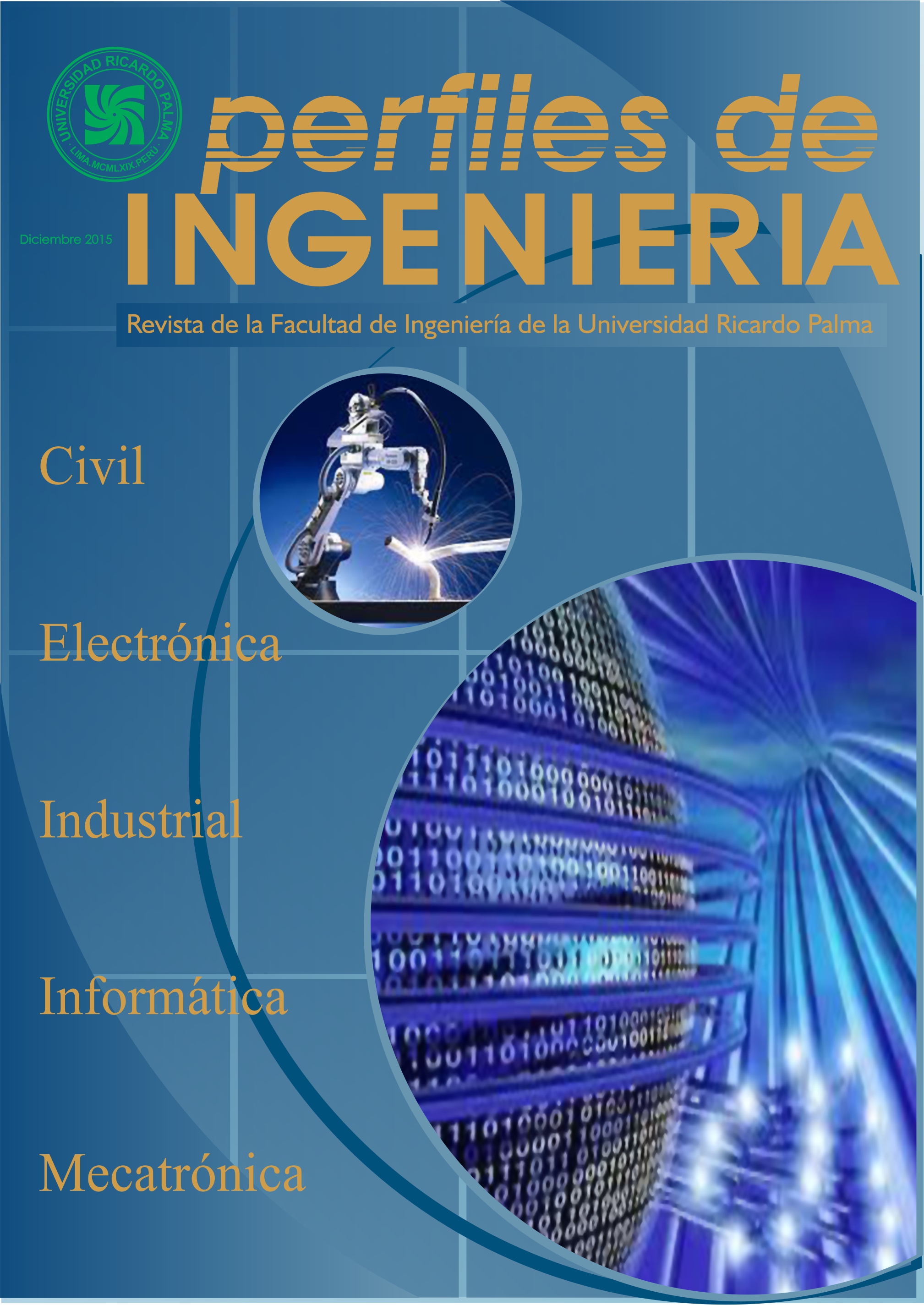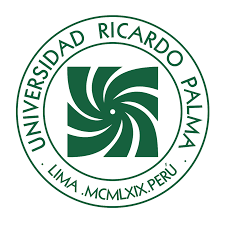Da vinci robot: the operating room of the future
DOI:
https://doi.org/10.31381/perfiles_ingenieria.v2i11.430Keywords:
robots, medicine, robotic surgery, surgical centerAbstract
For centuries, man has fought in different ways diseases that attack the human body. Technological developments applied in medicine, have been since the advent of the first doctors who used stone tools and rustic metal, to today, who make use of technological advances through innovative and effective tools to save human lives and eradicate diseases more effectively. The development of robotics, widely used in the industrial process, has enabled further optimization of resources and greater accuracy, it has not been apart from medicine. Thus, today the Da Vinci robot is used successfully in cardiac surgery. Robotic surgery represents worldwide the latest technological advancement in minimally invasive surgical procedures.
Downloads
References
Krut, S. (2006). Introduction to Medical Robotics. Conferencia. VI Seminario de Automática. Popayán, Colombia.
Salinas, S. (2009). “Modelado, simulación y control del robot para cirugía laparoscópica ‘Lapbot’”. Revista Chilena de Ingeniería, v. 17, n. 3, 317-328.
Patiño, J., Cervantes, J. (1997). Cirugía Laparoscópica y Toracoscópica. México: McGrawHill Interamericana.
Villavicencio, H. (2006). Cirugía laparoscópica avanzada robótica Da Vinci: origen, aplicación clínica actual en Urología y su comparación con la cirugía abierta y laparoscópica. Actas Urológicas Españolas, España.
Davies, B. (2002). A review of robotics in surgery. EE. UU: Procinstmech Eng.
Borden, L. Kozlowski, P. Porter, C. (2007). Mechanical failure rate of da Vinci robotic system. EE. UU.: Medline.
Downloads
Published
How to Cite
Issue
Section
License
Copyright (c) 2016 Ricardo John Palomares Orihuela

This work is licensed under a Creative Commons Attribution 4.0 International License.
In the event that the manuscript is approved for its next publication, the authors retain the copyright and assign to the journal the right of publication, edition, reproduction, distribution, exhibition and communication in the country of origin, as well as in the abroad, through print and electronic media in different databases. Therefore, it is established that after the publication of the articles, the authors may make other types of independent or additional agreements for the non-exclusive dissemination of the version of the article published in this journal (publication in books or institutional repositories), provided that it is explicitly indicated that the work has been published for the first time in this journal.
To record this procedure, the author must complete the following forms:

1.png)





